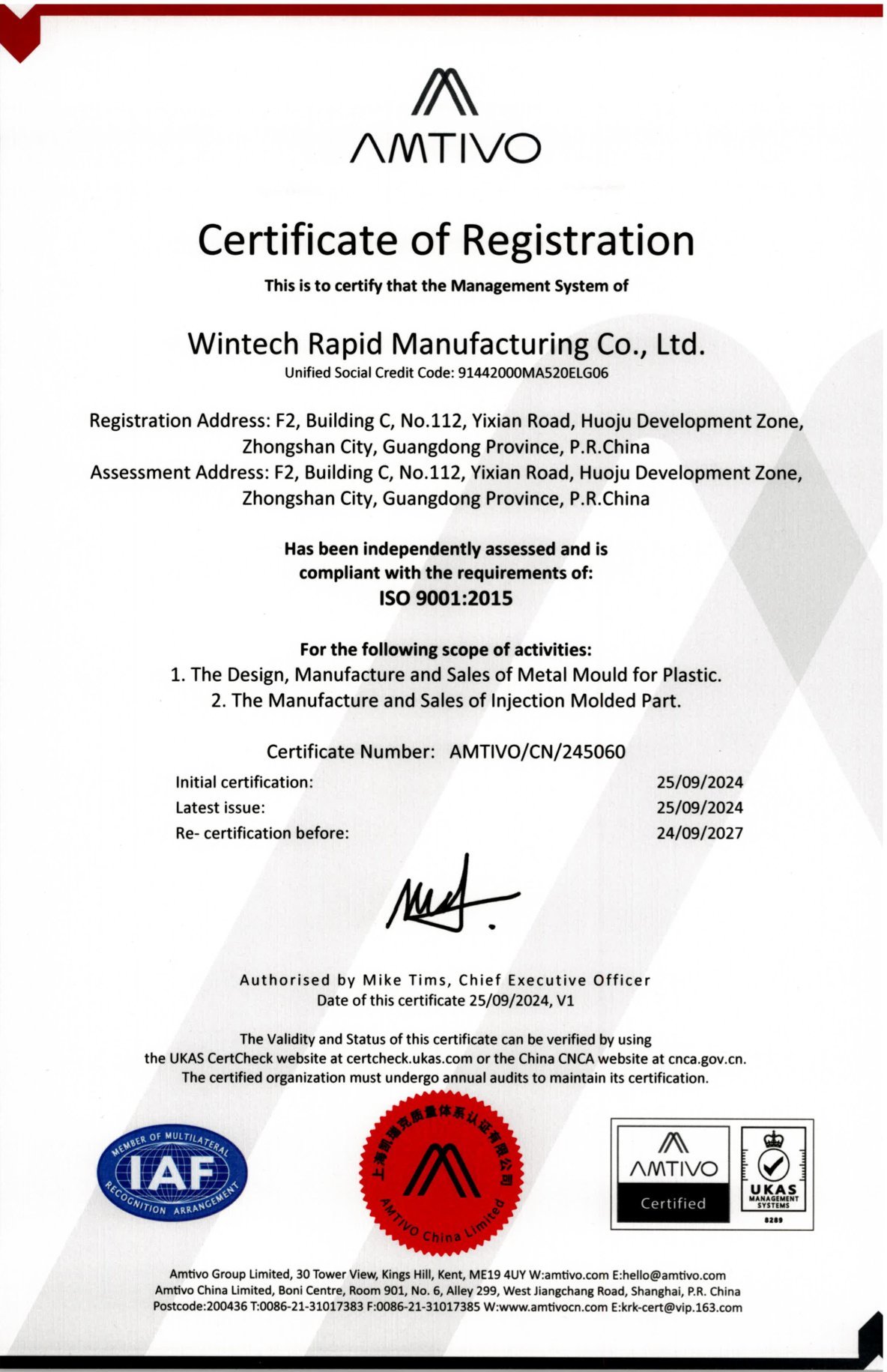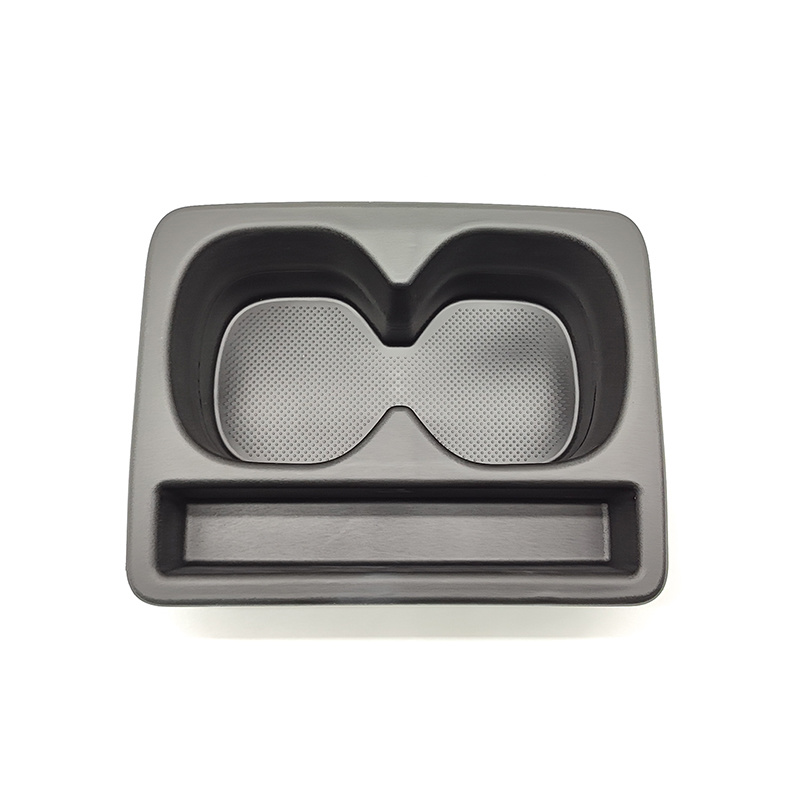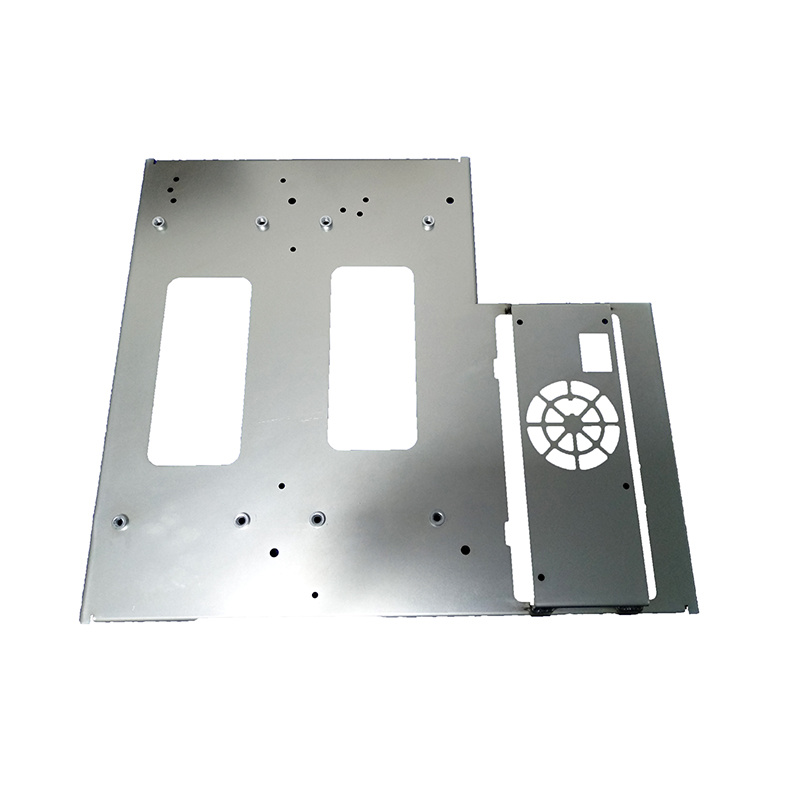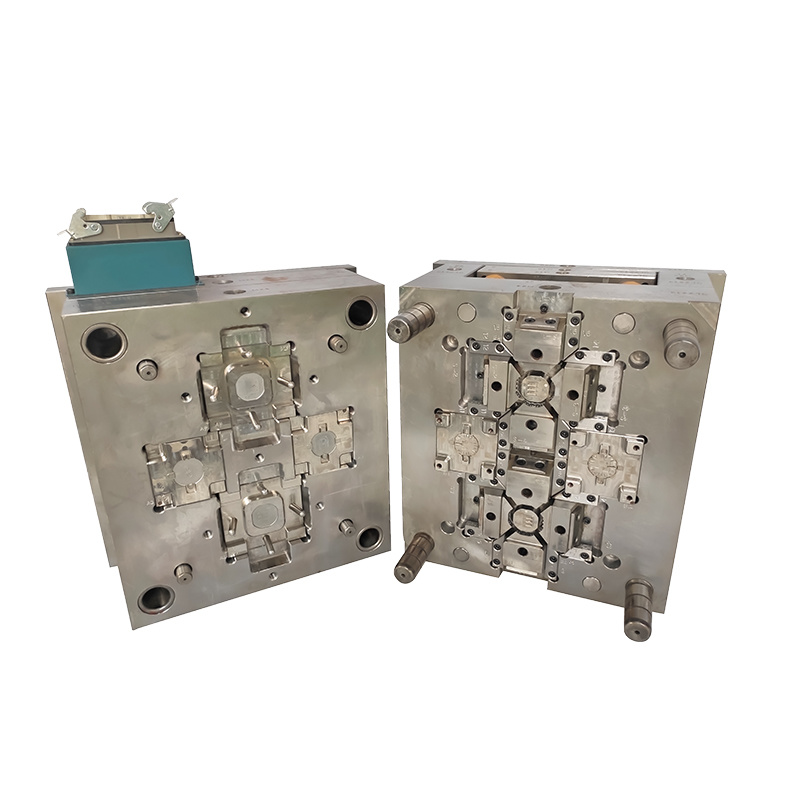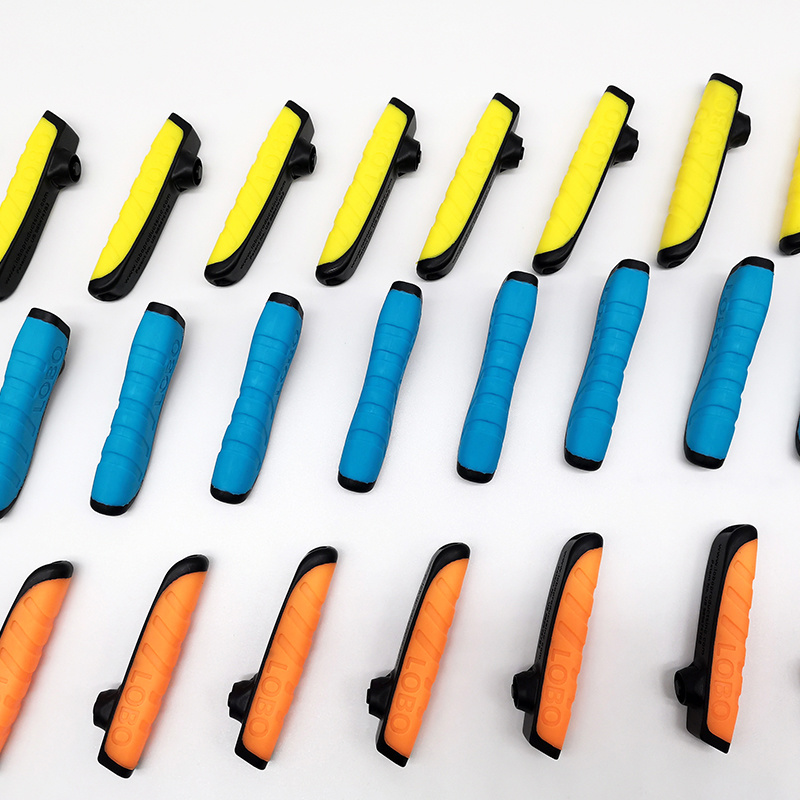Understanding Low Volume Plastic Injection Molding: A Comprehensive Guide
Time:
2025-07-07 12:40
Source:
Low volume plastic injection molding is a specialized manufacturing process designed to produce small quantities of plastic parts efficiently and cost-effectively. Unlike traditional injection molding, which typically focuses on high-volume production, low volume molding is ideal for clients who require limited runs or prototypes. This method serves a variety of applications across several industries, including automotive, consumer products, medical devices, and electronics.
One of the primary advantages of low volume plastic injection molding is its flexibility. It allows manufacturers to quickly create and test new designs without the significant financial commitment associated with high-volume molding. This is particularly beneficial for startups or companies developing innovative products that require rapid iteration based on user feedback. With low volume molding, companies can adjust designs and materials with ease, leading to faster time-to-market and improved product development cycles.
Another key benefit is the reduced tooling costs. In standard injection molding, the creation of molds can be expensive and time-consuming, often involving complex designs to accommodate high production rates. However, with low volume plastic injection molding, manufacturers can use less intricate molds, which lowers both initial investment and lead times. Advanced techniques, such as 3D printing and CNC machining, can further streamline the mold creation process, enabling quicker adjustments and modifications.
Additionally, low volume plastic injection molding supports a diverse range of materials. Manufacturers can choose from various thermoplastics and thermosetting plastics, each offering unique properties suitable for specific applications. This versatility enables companies to select materials that meet their performance requirements while staying within budget constraints.
Despite its numerous advantages, there are considerations to keep in mind when opting for low volume plastic injection molding. For instance, while it offers reduced costs and faster production times, the per-unit price may be higher than that of traditional high-volume methods. Therefore, it is essential for professionals to evaluate their long-term production needs and balance them against the immediate benefits of low volume molding.
In summary, low volume plastic injection molding presents an attractive option for manufacturers looking to produce small quantities of plastic parts while maintaining flexibility and cost-effectiveness. By understanding its benefits and limitations, industry professionals can make informed decisions that align with their production goals. Whether for prototyping or limited runs, this innovative molding technique can play a crucial role in advancing product development and meeting market demands.
One of the primary advantages of low volume plastic injection molding is its flexibility. It allows manufacturers to quickly create and test new designs without the significant financial commitment associated with high-volume molding. This is particularly beneficial for startups or companies developing innovative products that require rapid iteration based on user feedback. With low volume molding, companies can adjust designs and materials with ease, leading to faster time-to-market and improved product development cycles.
Another key benefit is the reduced tooling costs. In standard injection molding, the creation of molds can be expensive and time-consuming, often involving complex designs to accommodate high production rates. However, with low volume plastic injection molding, manufacturers can use less intricate molds, which lowers both initial investment and lead times. Advanced techniques, such as 3D printing and CNC machining, can further streamline the mold creation process, enabling quicker adjustments and modifications.
Additionally, low volume plastic injection molding supports a diverse range of materials. Manufacturers can choose from various thermoplastics and thermosetting plastics, each offering unique properties suitable for specific applications. This versatility enables companies to select materials that meet their performance requirements while staying within budget constraints.
Despite its numerous advantages, there are considerations to keep in mind when opting for low volume plastic injection molding. For instance, while it offers reduced costs and faster production times, the per-unit price may be higher than that of traditional high-volume methods. Therefore, it is essential for professionals to evaluate their long-term production needs and balance them against the immediate benefits of low volume molding.
In summary, low volume plastic injection molding presents an attractive option for manufacturers looking to produce small quantities of plastic parts while maintaining flexibility and cost-effectiveness. By understanding its benefits and limitations, industry professionals can make informed decisions that align with their production goals. Whether for prototyping or limited runs, this innovative molding technique can play a crucial role in advancing product development and meeting market demands.
low volume plastic injection molding
Previous Page
Previous Page
Related news
2024-11-15



